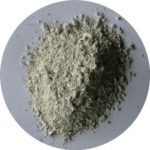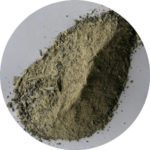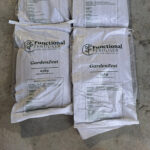Numerous people spoken with of late are uncomfortable and irritable. They feel that many of the systems we’ve relied on for the last 50 years require fundamental change, and sense that that time is not far away.
The soil fertility industry is one of those systems and will change fundamentally with those getting on board early able to prosper, while those slow to accept largely left to their own resources.
As with all essential change it starts slowly, often over many years before the pace quickens and everyone is engulfed and forced to embrace new technologies.
Those that facilitate significant shifts in practices, such as the move to electric cars in cities, are not mainstream manufacturers. Tesla spearheaded that development with established manufacturers scrambling to play catch-up.
The changes coming in the fertiliser industry primarily revolve around the use of synthetic nitrogen. The societal attitude to its use is changing in much the same way as the unacceptability of cigarette smoking in public places occurred with peer pressure being way more powerful than regulation.
Those that argue that only science will provide the way forward may not be aware of the many trials undertaken by Government Research groups throughout the country prior to their disbanding in the late 1980’s.
A summary of those findings can be found in Fertiliser and Soils in New Zealand Farming by C During published in 1984. The final sentence summarising the work undertaken on the pumice soils of the North Island is, “It would appear that the use of fertiliser N is seldom worthwhile.”
The late T (Tom) W Walker, Emeritus Professor of Soil Science at Lincoln University, at the time of the development of the Kapuni urea plant argued strongly against its use claiming that all the nitrogen required for pasture use could be provided by clover.
He also championed the use of dolomite as a magnesium fertiliser writing the article, Dolomite a first class source of magnesium, which contained the following, …. individual farmers will have to make their own calculations, but in my view dolomite is the ideal material to use on acid soils low in magnesium….
He also wrote that the lack of sufficient calcium and magnesium in the diet of dairy cows in spring may be exacerbated by the excessive use of fertiliser N.
He revised the article in 1997 refusing payment but happily accepting a bottle of scotch for his time and effort.
Building on the unparalleled performance of Golden Bay dolomite, DoloZest was developed combining the well documented animal health benefits with the long-term improvement in pasture growth resulting from increased beneficial soil biology.
Prior to 1989/90 work with the addition of beneficial microbes to pastoral soils had clearly shown a range of significant benefits, however at that stage the major superphosphate manufacturers dominated the marketplace.
As creatures of habit and being risk averse, expecting those that generate their pay checks from the manufacture of superphosphate with addition of muriate of potash and synthetic nitrogen, to consider systems that replace those inputs is unrealistic and naive.
Change is inevitable and the catalyst may be the Landcare Research finding that “all irrigated land, without exception is losing carbon.” In our view it’s not irrigation that’s the problem it’s the reliance on regular applications of synthetic nitrogen.
Nitrogen as a development tool is without peer, and the logic that regular applications will provide similar responses thereafter is seductive and now etched into the mainstream soil fertility paradigm.
There are however farmers throughout the country that for over 25 years have used synthetic N strategically and sparingly and now have production performance superior to their peers with profitability figures to match.
For more information call Peter on 0800 843 809.




